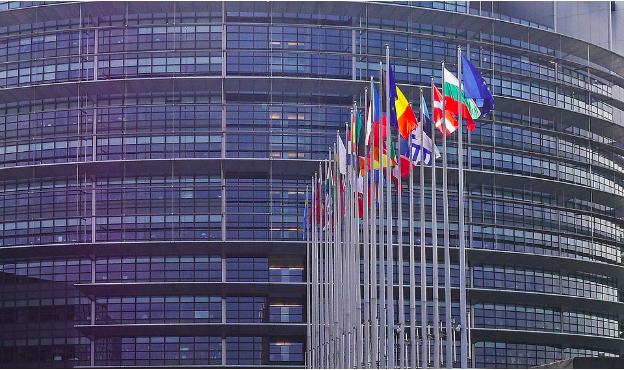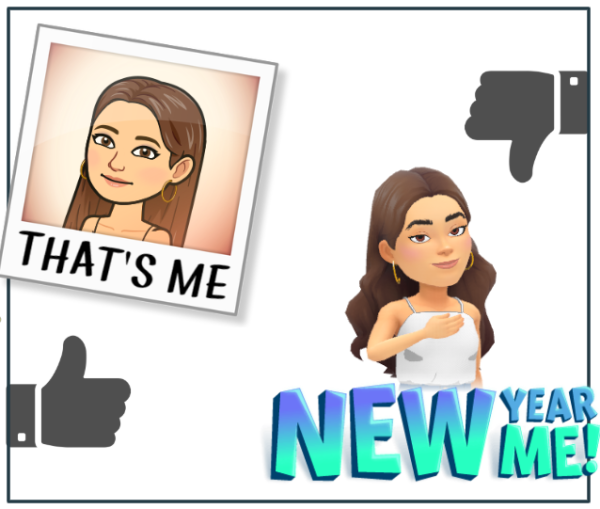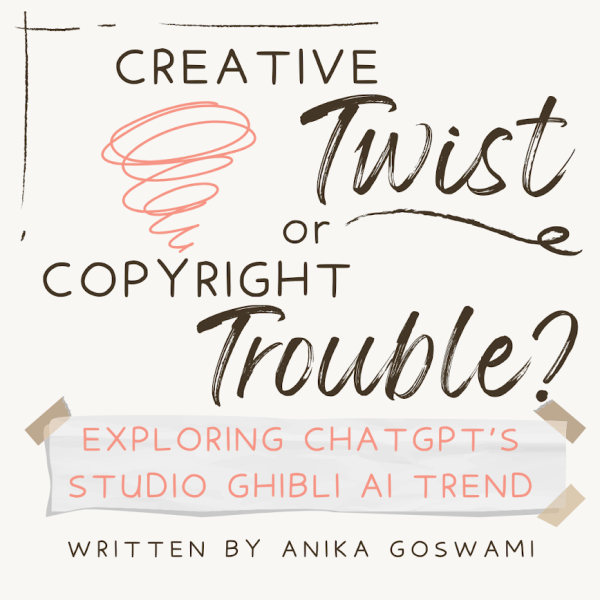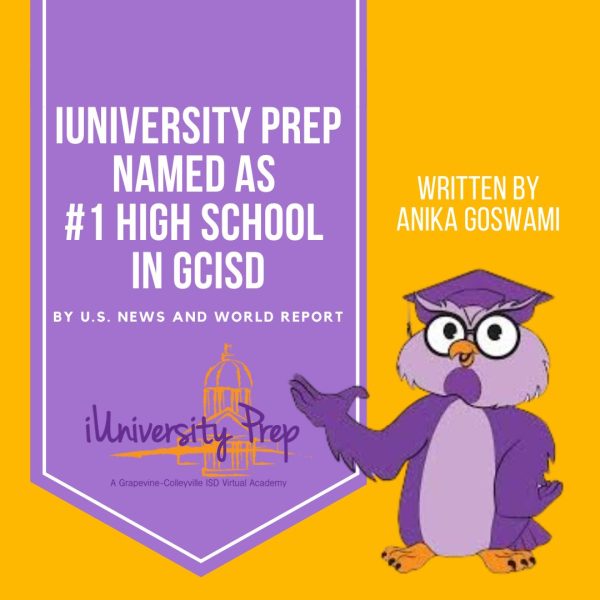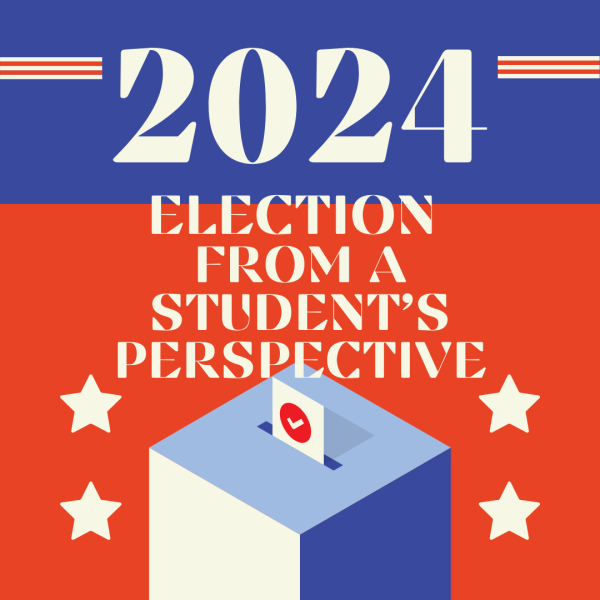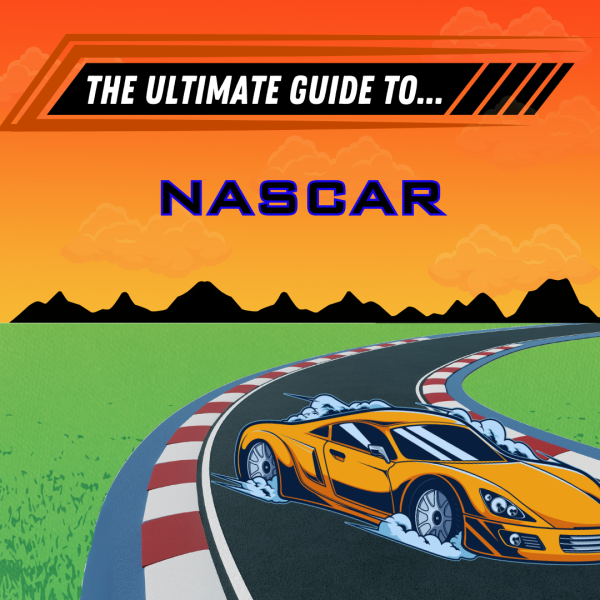THE MEME BAN
A summary of Articles 11 and 13 and how they could change the internet forever.
The European Union Directive on Copyright in the Digital Single Market is a directive to update existing copyright laws for the internet age. The directive that would put the pressure on online platforms, such as YouTube or Tumblr to filter and remove copyrighted material. This would make online platforms liable for copyright infringements. Right now, online platforms aren’t responsible for copyright violations, only removing them when directed to do so.
Article 13 of this directive is by far the most controversial component. This article states that “online content sharing service providers and right holders shall cooperate in good faith in order to ensure that unauthorized protected works or other subject matter are not available on their services.” This basically means that any website with user-generated content (such as YouTube or Twitter) are responsible for taking down content that infringes on copyrighted material.
This article is often considered controversial because of its loose language. Because of this, the article is often referred to as the “meme ban,” since no one is sure whether memes will count as infringements on copyrighted material. Supporters of the legislation argue that memes are considered parodies and are therefore protected. Since the legal definition of parody is something that is “transformative” and alters the copyrighted material by adding a “new expression, meaning, or message,” technically memes would be considered parodies, though people against the directive argue that automated filters wouldn’t be able to distinguish between memes and copyrighted material anyway.
Article 11, another article that is controversial, intends to get sites to pay publishers for using snippets of their articles. These publications “may obtain fair and proportionate remuneration for the digital use of their press publications by information society service providers.” The language of this article is also fairly vague and doesn’t outline how much of an article has to be shared before a platform has to pay. The article states that the platform won’t have to pay if they share “mere hyperlinks which are accompanied by individual words,” but most hyperlinks are usually accompanied by at least a couple of words. Though the directive does say that “non-commercial usage of press publications by individuals” would be exempt, this still leaves a lot up for interpretation. Does a social media account run by multiple people still count?
A lot of this directive depends on how it is interpreted. Susan Wojcicki, CEO of YouTube warned against the impact of the Directive in a blog post. She highlights that Article 13 threatens to “block users in the EU from viewing content that is already live on the channels of creators everywhere.” This includes “educational content, such as language classes, physics tutorials and other how-to’s.” In another post, Wojcicki states that while YouTube “support[s] the goals of article 13, the… current proposal will create unintended consequences.”
The Directive will go back to Parliament for a vote on the final wording in January of 2019.
Sources:
Reynolds, Matt. “What Is Article 13? The EU’s Divisive New Copyright Plan Explained.”
WIRED, WIRED UK, 7 Dec. 2018, www.wired.co.uk/article/what-is-article-13-article-11-european-directive-on-copyright-explained-meme-ban.
“A Final Update on Our Priorities for 2018.” YouTube Creator Blog, 22 Oct. 2018,
youtube-creators.googleblog.com/2018/10/a-final-update-on-our-priorities-for.html.
Anonymous. “Parody.” LII / Legal Information Institute, Legal Information Institute, 11
June 2015, www.law.cornell.edu/wex/parody.
“The Potential Unintended Consequences of Article 13.” YouTube Creator Blog, 12 Nov.
2018, youtube-creators.googleblog.com/2018/11/i-support-goals-of-article-13-i-also.html.
“European Parliament.” Pixbay, Pixbay, 2004,
cdn.pixabay.com/photo/2016/03/23/13/31/european-parliament-1274765_1280.jpg.


